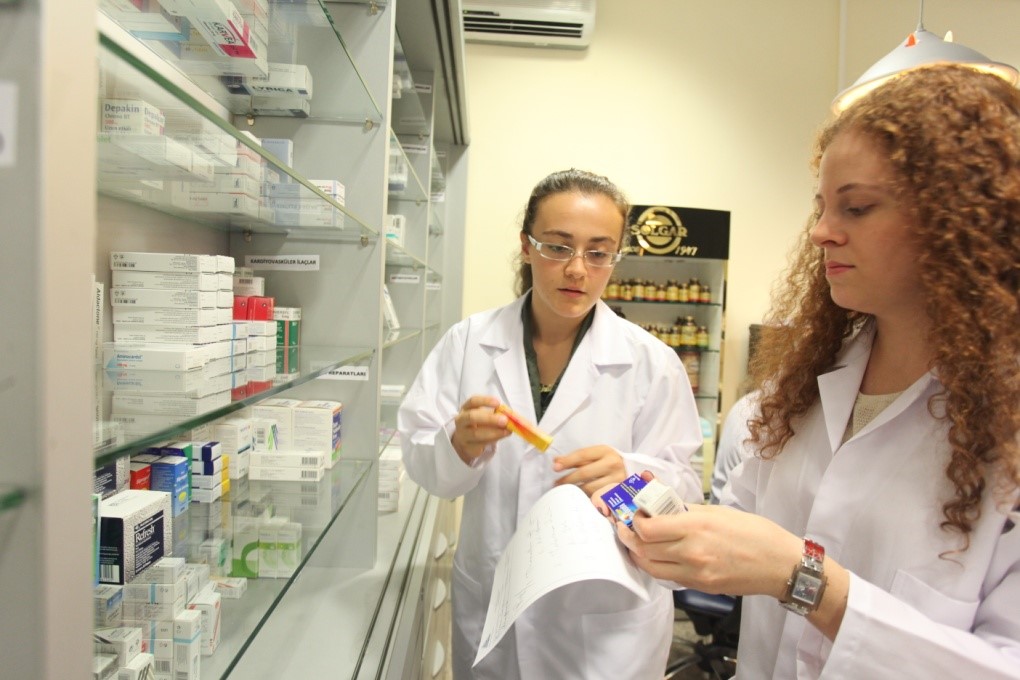
What is Physical Therapy?
The American Physical Therapy Association defines physical therapy as "... a health occupation whose main function is the promotion of optimal human health and function through the application of scientific concepts to avoid, determine, assess, correct, or relieve intense or extended movement dysfunction".
Physical Therapy is an occupation whose main function is the restoration, maintenance, and promo of ideal health, function, and quality of life for people of any ages. The science of physical treatment involves the application of therapeutic modalities, strategies, and interventions that assist restore a person to their optimum physical capacity. The art of physical therapy is helping individuals assist themselves.
In laws and policies defining practice, physical treatment is frequently defined as the care and services provided by a physiotherapist or a physiotherapist assistant under the direction and supervision of a physiotherapist, and include:
Alleviating problems and practical limitation by designing, implementing, and customizing healing interventions;
Preventing injury, impairment, practical restriction and impairment; and Engaging in assessment, education, and research study.
More information about the occupation of physical treatment may be obtained by checking out the American Physical Therapy Association's web site at www.apta.org
Who are Physiotherapist Assistants?
Physiotherapist Assistants, or PTA's, are experienced health care suppliers who work with and under the direction and guidance of a physiotherapist to provide physical treatment services. In order for a private to practice as a PTA, they must finish from a certified PTA program and successfully pass a licensing/certification test.
PTA's play an essential role in supplying physical treatment services for people with numerous impairments. When a patient looks for or is referred for physical therapy services, the physical therapist carries out an initial evaluation and details a plan of care. The PTA can then perform all or part of the treatment strategy as instructed by the physiotherapist.
The American Physical Treatment Association recognizes the PTA as the only person who assists the physical therapist in the shipment of selected physical treatment interventions.
What does a Physiotherapist Assistant do?
The physical therapist assistant (PTA) carries out physical therapy interventions and associated jobs under the direction and guidance of a physical therapist. Such duties might include training clients in restorative exercise and activities of everyday living, using physical representatives such as cold, heat, electricity, or water for discomfort relief and healing, advising persons in using assistive gadgets for walking, getting involved in wound care, promoting health and injury avoidance, providing client and family education, training clients in wheelchair activities, helping the physical therapist in carrying out client assessments and intricate interventions, and much more.
The PTA likewise keeps track of the client's reaction to treatment, performs different tests and measures, files relevant elements of patient care, and keeps continuous communication with the monitoring physical therapist, along with other health care specialists.
What is the difference in between a PT and a PTA?
The physical therapist (PT) and the physiotherapist assistant (PTA) differ in instructional preparation and levels of obligations as it relates to the arrangement of physical therapy services.
Today, the frustrating majority of PT schools inform physical therapists at the Doctorate level, although lots of practicing therapists were educated when programs needed only a Master's or Bachelor's degree. The PTA is informed at the Associate's degree level, which normally equates to 2 years of college.
The PTA has a working knowledge of the theory behind treatment interventions, understands pathological conditions being treated, and comprehends how to apply methods and techniques utilized to treat those conditions.
The PT has substantial education in evaluative skills, research study, and administration, as well as innovative coursework in human anatomy, neuroanatomy, orthopedics, pathology, and therapeutic strategies. Both the PT and the PTA must finish from accredited programs and pass a licensing evaluation in order to practice in their respective functions.
Consumers/patients might seek the services of the physiotherapist directly, or, the client may be described a physical therapist by a doctor. The PT performs the preliminary assessment and assessment of the client. The assessment will lead to a physical therapy medical diagnosis, and as appropriate, the PT will develop objectives or outcomes to be achieved by a physical therapy strategy of care and treatment plan.
The PTA can not carry out the preliminary evaluation or examination; however, the PTA might assist the PT in gathering information. Following the assessment of the client, the PTA may carry out selected interventions and data collection as directed by the monitoring PT. The PTA must More helpful hints constantly work under the direction and guidance of a physiotherapist. The collaborative relationship in between the PT/PTA is highly efficient and valued, and the group significantly adds to the success of the overall rehab procedure.